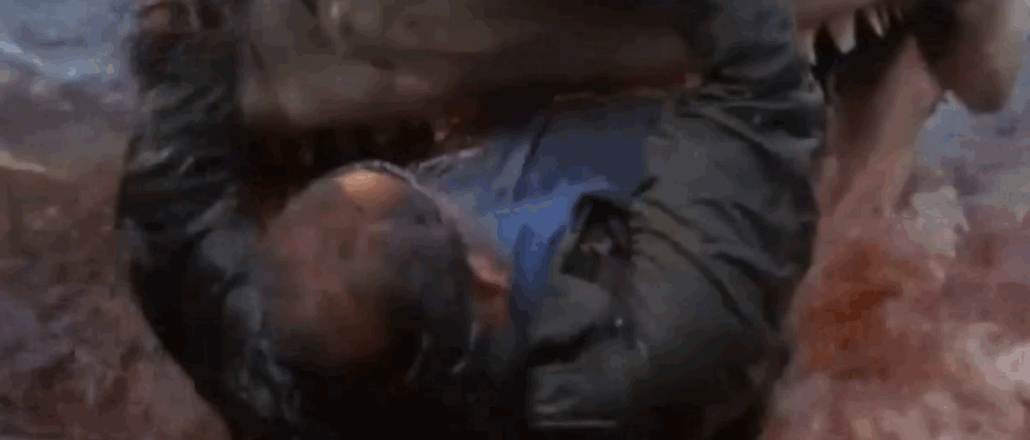Join us Dec. 1-3 in New Orleans for the Digiday Programmatic Marketing Summit

The standalone webpage as we know it might soon be a thing of the past.
A growing number of publisher sites are now shunning the concept of finite pages, opting instead to serve users seamless, often endless streams of content. The webpage, largely a hangover from the world of print media, suddenly seems outdated and archaic in a digital world. For a generation glued to Facebook, Twitter, Instagram and Snapchat, more often than not on their phones, the standard webpage is as anachronistic as a home telephone. Publishers are rushing to catch up to changing digital habits, and one of the biggest changes is the rise of streams.
Look no farther than Yahoo’s new food and tech sites. The sites present users with an infinite list of image tiles and headlines which, after clicking or tapping, expand to reveal full articles. At the end of the content, the feed continues. A user could, in theory, consume content on Yahoo’s new sites infinitely without ever being aware of the fact that data is being loaded in the background. It’s a far cry from clicking a link and waiting while a blank “page” populates with new content, which is how most publisher sites work today. That’s the same approach The Atlantic took with Quartz, its “mobile-first” global business publication that has a viewing pane in which stories (and ads) are shown in an endless stream.
“Anyone who makes stuff for the Web wants anything that reflects the idea of a page to go away,” said Kevin Kearney, CEO of digital design firm Hard Candy Shell, which has worked with major publishers including the Wall Street Journal, Gawker and Newsweek. “Even the idea of talking about them as pages is non-digital. It’s an archaic concept.”
Social media has also changed the way users interact with digital content. They’re now used to flicking through feeds of content on networks such as Facebook, Twitter and Instagram, and they’re beginning to expect the same from media publications, too. The rise of touchscreen devices has had a smiler effect. It’s easier for users to swipe their way through content than it is to have to tap and wait for it to load.
“The traditional news webpage has become what felt like a real dead-end for readers,” explained Quartz editor-in-chief Kevin Delaney. “We thought to ourselves: Why do so many sites offer such a bad user experience? The Web doesn’t end, so why don’t we just let users scroll into the next article?”
That’s exactly what it did, and Quartz’s site has been praised by many for breaking new ground as a result. Its design and content might not be to everyone’s taste, but there appears to be a rapidly developing consensus that webpages as we know them won’t be around much longer.
“We’re seeing a real move away from unnecessary clicks, and the concept of threaded, endless content will absolutely continue,” said Matt Chmiel, a senior content strategist at agency Code and Theory. “Designing for the needs of the user is becoming a business strategy in itself.”
That might be true, but it’s much easier for publishers like Quartz to ditch pages without a legacy business and revenues to consider. For most publishers, the fact is that their business operations and ad revenues are closely tied to metrics like pageviews and impressions, which their advertiser clients understand and demand. Metrics more suited to feed-based content experiences, like time on site and other “engagement” metrics aren’t yet well understood by publishers or their advertisers. That will change, but probably not quickly.
“We’re stuck with pages for a little bit, while we wait for things like advertising to catch up,” Kearney concluded. “But we’re just starting to scratch the surface of how people can move around a site in a very natural way. There are better ways to do so than with pages the way they are today.”
More in Media

WTF are synthetic audiences?
Publishers and brands are using AI to create a copy of audience behavior patterns to conduct market research faster and cheaper.

Forbes launches dynamic AI paywall as it ramps up post-search commercial diversification plans
For the latest Inside the publisher C-Suite series, Digiday spoke to Forbes CEO Sherry Phillips on its AI-era playbook, starting with its AI-powered dynamic paywall to new creator-led commercial opportunities.

Creators embrace Beehiiv’s push beyond newsletters
Creators are embracing Beehiiv’s new website, product and analytics tools to help them grow beyond the competitive newsletter space.





